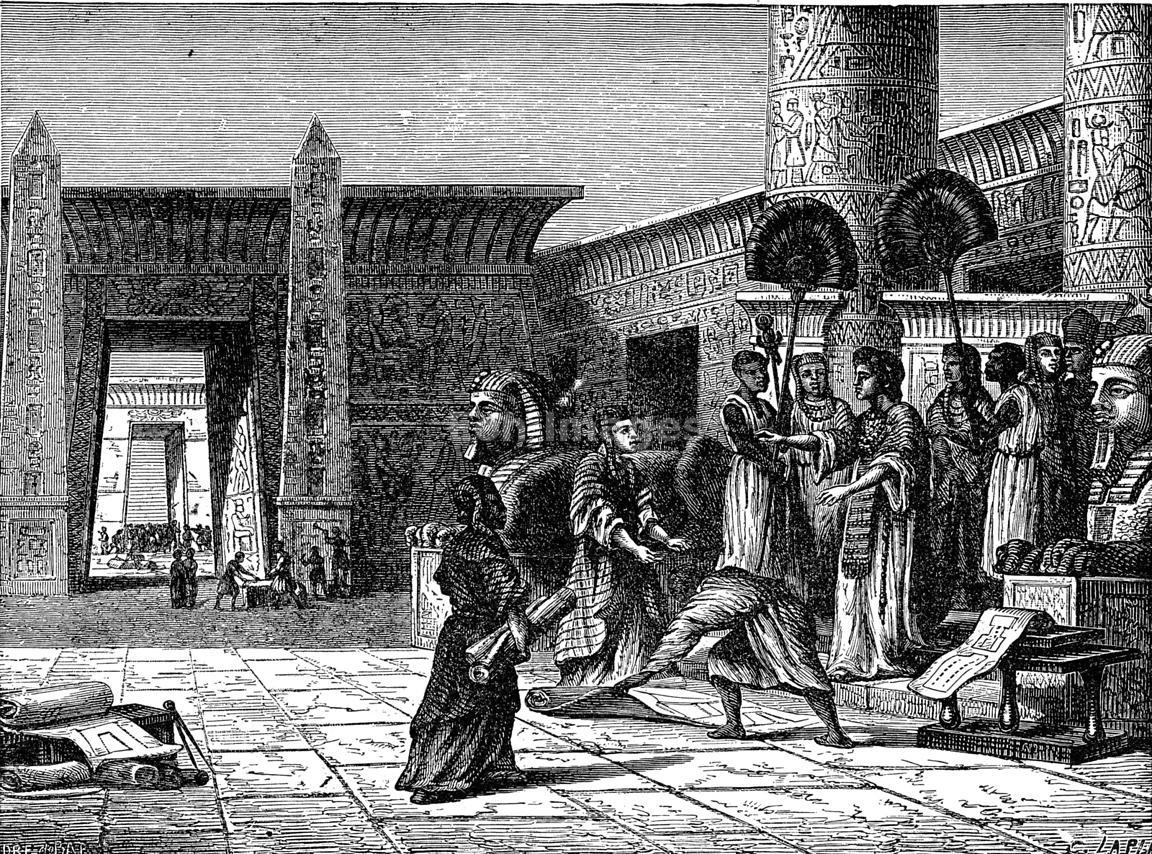265.DID THEY HAVE LIBRARIES IN ANCIENT TIMES?
A library is an attempt to gather together man’s writings, and this effort was first made long before the birth of Christ.
Scientists who dug up Ur, the city of the patriarch Abraham, discovered a clay signet. This was a cylinder of clay on which there were writings. It goes back to 800 B.C., and may have belonged to the first library.
As early as 600 B.C., the people of Mesopotamia had well-organised libraries in their temples and palaces. The “books” In these early libraries were clay tablets. Thousands of these tablets were arranged in subject order in the temples and palaces, and these collections were the first real libraries.
The Egyptians had libraries, too. They were in the temples under the care of priests. The books were in the form of rolls, made of papyrus. But the most famous library of ancient times was established at Alexandria, Egypt. It was started about 300 B.C., and it was the first attempt to collect the whole of Greek literature. It had at least 700,000 papyrus rolls and was completely catalogued and classified just as in our modern libraries.
The Romans at first were not very interested in libraries. But then they became inspired by the Greeks and established a system of public libraries. Wealthy citizens in Rome took an interest in founding libraries for the people, and in making large collections for themselves.
Many of these early Roman libraries were located in the forums and the public baths. In the fourth century, there were twenty-eight public libraries in Rome! Most of these were destroyed by fire, pillage, dampness, or neglect when the Roman Empire was over-run by barbarians from the North.
Public libraries as they are known today began in the nineteenth century in England. An 1850 act of the English Parliament allowed public libraries to be started. Today, of course, we consider a public library a basic part of civilization.



Leave a Reply